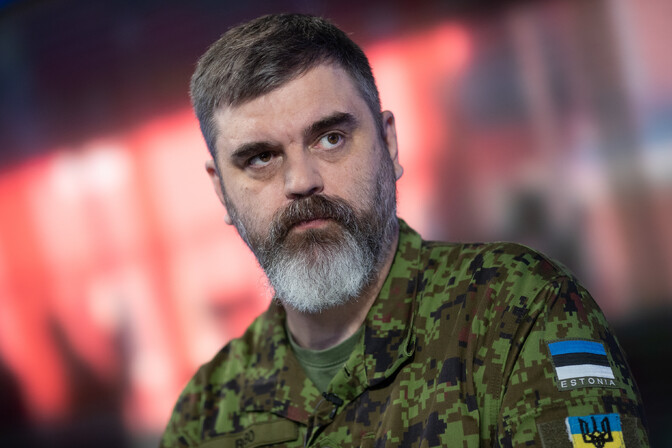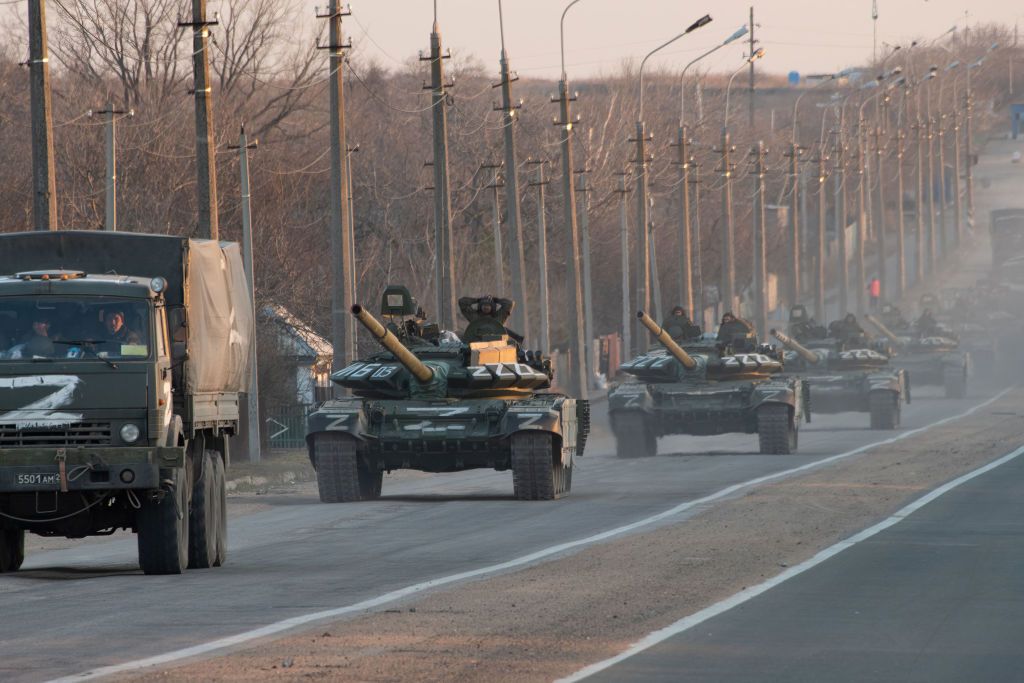Don't Toews Me
Footballguy

The Quiet Transformation of Occupied Ukraine
Away from the frontlines, Russia cements its conquest.
Russia ceremonially annexed four Ukrainian oblasts—Donetsk and Luhansk in the east of the country and Zaporizhzhia and Kherson in the south—in September 2022, although its military is not in full control of any of these provinces. Since then, Russian officials have transformed the governance of the areas under its control, holding sham elections last September and appointing pro-Moscow officials at every level. An army of technocrats is overseeing the complete absorption of these territories, aligning their laws, regulations, and tax and banking systems with Russia, and getting rid of any traces of institutional ties to Ukraine. A nominal transition period runs until January 2026, by which time the Kremlin expects Russian legal, judicial, and political systems to be fully in force in what it calls the “New Regions.”
This administrative occupation is less well known than the violence and human rights abuses that accompany it. But Russia’s war in Ukraine extends well beyond its ruthless missile and drone strikes, its legions of soldiers, and its bellicose rhetoric. In occupied Ukraine, bureaucrats have been effective at enforcing the compliance of locals. Even as some people resist, authorities impose Russian education, cultural indoctrination, and economic and legal systems to rope these lands ever more tightly to Russia. The longer Russia occupies these territories, the harder it will be for Ukraine to get them back.
In conquered Ukrainian towns such as Melitopol or Mariupol, Russia is slowly obliterating every visual reminder of Ukraine. In the first weeks of the war, Russian troops pulled down Ukrainian tridents and destroyed monuments that commemorated the Soviet-induced famine—known as the Holodomor—that killed millions of Ukrainians in the 1930s. They have painted over Ukrainian colors—blue and yellow—everywhere with Russia's red and blue. Russia aims to reverse completely the Ukrainianization and “decommunization” campaigns that swept through the region after 2014. A May 2015 law ordered the removal of all Soviet and communist symbols and statues and replaced tens of thousands of Soviet-era names of towns and streets. During the campaign, the Ukrainian authorities knocked down over 1,000 statues of Lenin across the country. Now, the Russians are putting them back up.
Streets have been obsessively renamed. In Mariupol, Freedom Square has once again become Lenin Square. Meotida Boulevard, a devastated street in the heart of the city’s Greek community, has returned to its previous awkward Soviet-era name, 50th Anniversary of the October Revolution Street. University Street in Melitopol was changed to Darya Dugina Street, named for the far-right Russian activist and pundit who was killed by a car bomb in Moscow in August 2022. Street names also reflect the legacy of twentieth-century ideological battles. In Melitopol, Dmytro Dontsov Street, named for a Ukrainian political thinker of the 1930s with fascist views, now bears the name of Pavel Sudoplatov, an infamous Stalinist secret agent who helped murder Leo Trotsky.
France has launched an "artillery coalition" with Ukraine.
In a nutshell:
- around 50 contributing states/ Ramstein Group
- five sub-clusters based on capacities
- aim: short-term support and building long-term air defence structures for Ukraine
- co-headed by France and US
A local media outlet in the city of Ivanovo (where the Russian A-50 spy plane reportedly shot down by Ukraine was based) has released what it says are the names of eight crew members declared "missing"
It clarifies that the list is not final
Listed are the plane's captain Lt Col Vyacheslav Levchenko, navigator Maj M.A. Kvasov, Maj A.S. Shadrov, Capt D.A. Kutuzov, Capt M.S. Balyasnikov, Senior Lt A.I. Izmaylov, as well as two crew members named only as Maryganov and Karpov
Much of Sevastopol now without electricity. Kremlin discovering that they aren’t the only ones who can play the energy infrastructure game.















































